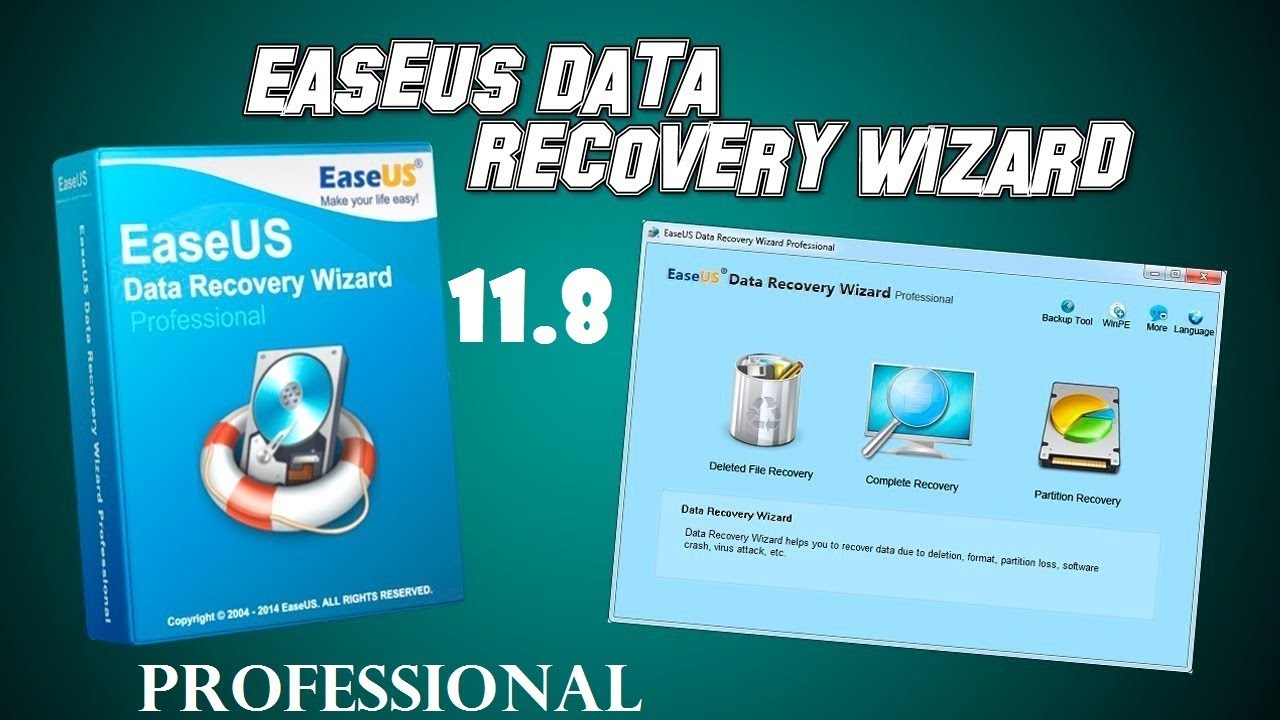
How cleanly it does that, how little distortion & noise it adds during those conversions, is generally what determines the quality of your audio hardware. The sound card or the audio chipset included on your PC's/Laptop's mother board or an audio device connected via USB or firewire convert analog audio to digital, & the reverse - they might also accept digital audio in &/or output a digital signal. That's because adding a driver risks breaking something, so if you can avoid it, do so, but if you can't, you can't. As above it doesn't include a virtual audio driver, which is good if your PC/laptop already lets you record what you hear with your speakers/headphones, maybe bad if you can't already do that.

you don't have to worry about whether to record 8 bit or 16 bit or 24 bit files, or set too high of a sample rate, because those choices aren't given. Otherwise it's just the average audio recording utility, not that different in function from the others that have appeared on GOTD, maybe a bit more streamlined to make things easier, e.g. Click the "." to see a drop down listing of everything you'd see in win7's Playback devices & Recording devices. Instead you can use Audio Record Wizard's Auto Gain Control, which is supposed to set the recording levels automatically, using the level meters as a handy way to make sure you've selected the correct audio source. Compared to the same source using Sony's Sound Forge Pro 11 however, what showed up as just a few bars in Audio Record Wizard showed ~70% in the higher mid range Sony app. Those level meters should let you set the recording levels before you start recording, so that they're as high as possible, leaving just a little wiggle room to avoid clipping.

There's always a little bit of noise when you record with a PC/laptop, but increase the volume enough & that little bit of noise can become a roar. In a perfect world you'd just set the recording level way down, then crank up the volume in editing software afterwards, but in real life the problem with that strategy, is that when you increase the volume of your recording, you also increase the volume of any noise.

The 1st thing you'll notice when you run the software is that it has a simple audio level indicator, though on this rig it wasn't too accurate.ĭigital audio has a hard ceiling, and if you exceed that by having the recording level set too high, that portion of the audio will be cut off - it's called clipping, and if you looked at the waveform in an audio app, it'll show a flat line rather than the usual peaks & valleys where the audio hits the limit.

Audio Record Wizard is a light weight audio recording app that has minimal impact on Windows, uses the audio hardware you have installed, and includes a few convenience options but leaves out advanced & even some usual controls.


 0 kommentar(er)
0 kommentar(er)
